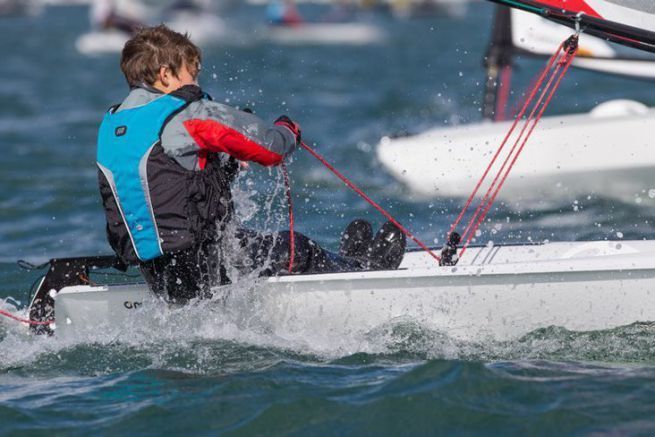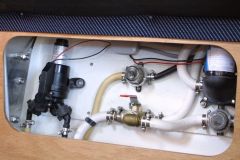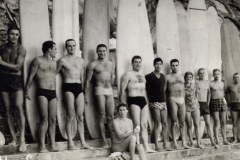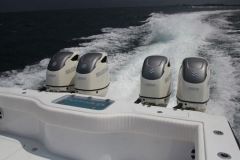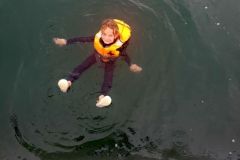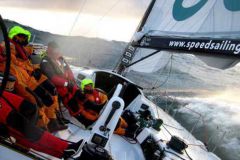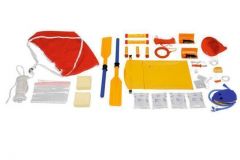Division 240 is the text governing safety conditions and equipment for pleasure boating. It was updated on 1 er june 2019. Among the changes, the commission made some choices concerning the lifejacket: the rules have evolved a little.
The aim of this change is to encourage the wearing of lifejackets. For example, the text states that a lifejacket is not compulsory on a tender (a craft that always sails less than 300 m from its original boat), yet it strongly recommends that "as many individual buoyancy devices with a performance level of 50 N of buoyancy as there are people on board the tender" be taken on board This text therefore seems to be moving in the right direction, by making boaters more responsible for their own safety.
However, one point in the text aroused our curiosity. Article 240-2.04, which refers to lifejackets when sailing between 2 and 6 miles from a shelter, now allows you to do without a lifejacket if you're wearing a 50N buoyancy aid... To understand our astonishment, it's important to distinguish between a 50 N buoyancy aid and a lifejacket of 100 N or more.
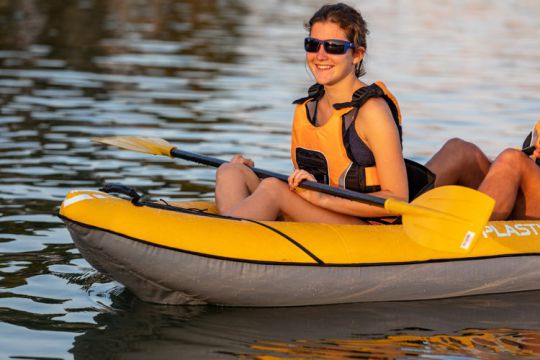
50 N buoyancy aid
It's a misnomer to speak of a "50N lifejacket". The product is legally called a "buoyancy aid". It is only when buoyancy exceeds 100 N (the minimum required to ensure rollover) that the product is called a "lifejacket".
A 50N model is usually quite specific, dedicated to a particular type of practice. If we take a look at the Plastimo catalog (French specialist in safety at sea), we find a number of different references:
- the fairly universal Storm bra, inexpensive but not very comfortable.
- the Jibe model for dinghy, paddle and kitesurf (short cut and wide armholes for greater mobility, with a ring for the kite harness),
- the Passion model for water skiing, (high cut for a standing activity)
- the Rodeo model for dinghies, sport catamarans and canoe-kayaks (short bust, wide armholes and various pockets)
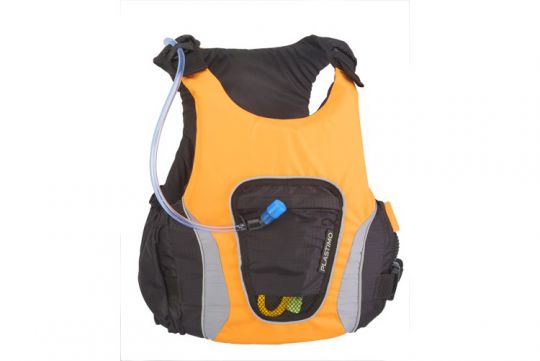
As you can see, there isn't just one standard buoyancy aid, but a range of models to suit every practice. In fact, Plastimo has deemed it reasonable to increase the actual buoyancy to 70 N on the Passion and Rodeo models, whereas the regulations only require 50. This brand, which has been designing its vests in its Lorient design office for over 50 years, has legitimacy and expertise in terms of performance and yachtsmen's expectations.
The buoyancy aid is perfectly suited to those who sail under cover of an accompanying boat for safety purposes (sailing school, water-skiing...). These riders go out in fine weather with light clothing, and can easily swim if they fall into the water, from which they will be quickly recovered.
As far as accessories are concerned, this 50N equipment has no whistle or reflective strips. Their color is not set by regulation (some are even black or navy blue: not easy to spot in the water). They don't have a retrieval buckle, and above all they don't roll over or support the head out of the water.
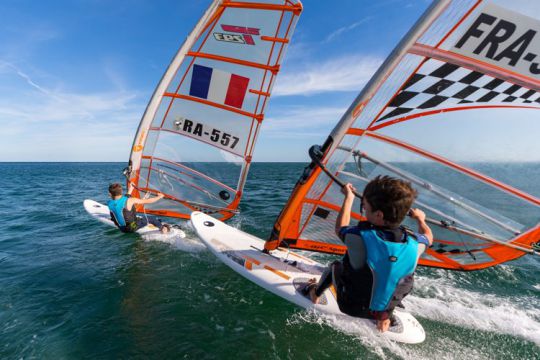
Lifejacket 100 N and more
It's only at 100 N that head support and rollover are required. It's also with this type of vest that you can float without having to swim (i.e. even if you're unconscious). And it's only from the 100N models onwards that the notion of identification is taken seriously, with the vest required to be brightly colored, equipped with 100 cm² of reflective tape and a whistle.
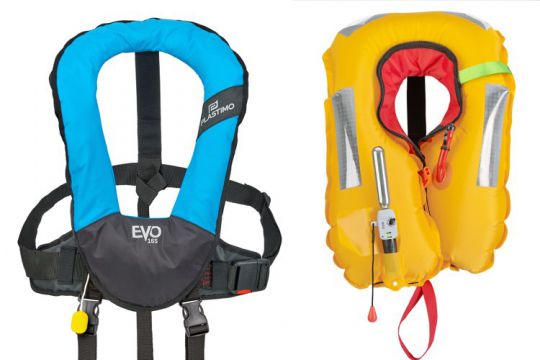
Note that inflatable vests, which are much more comfortable than foam vests, are only available from 150 N upwards. These vests are approved for all sailing distances from a shelter, and obviously offer greater safety than all other models. They come with all the accessories listed above, plus others (hoods, protective covers, marker lights, etc.).
In fact, it's no coincidence that for children up to 40 kg (who can't necessarily swim), regulations stipulate no less than 100 N with head support and markers, regardless of distance from a shelter.
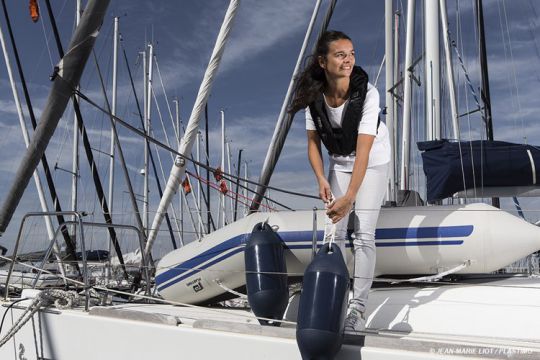
More responsible boaters
The efforts made by manufacturers to offer inflatable vests that are more comfortable to wear, more stylish and less expensive to buy are beginning to bear fruit. It is no longer rare to see sailors leaving port with their vests on their backs, even in fine weather. Many sailing race regulations also require the wearing of a lifejacket. The education provided by the media also helps to make the product familiar and understood by the general public.
We can only support you in your quest for greater safety and advise you as best we can, even if, legally speaking, you can sail with just a buoyancy aid on you...
According to the official text, when sailing within 6 miles of a shelter, you must have on board :
" As many IPEs (Individual Buoyancy Devices) with a performance level of at least 100 N of buoyancy as there are people on board. However, this equipment is not compulsory for people who know how to swim and are actually wearing :
- an EIF with a performance level of at least 50 N of buoyancy, or
- a neoprene wet suit or dry suit... "
So you're in the clear if you wear a 50N buoyancy aid and know how to swim (lots of "ifs"...). But we can't recommend it, given the characteristics of this equipment. A conscientious and responsible yachtsman will soon equip himself with a "real", more efficient lifejacket.
